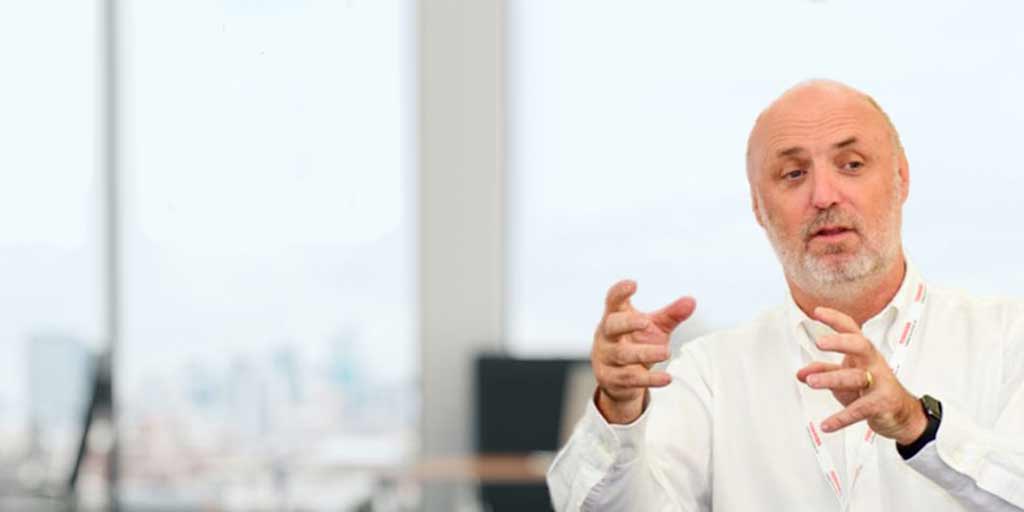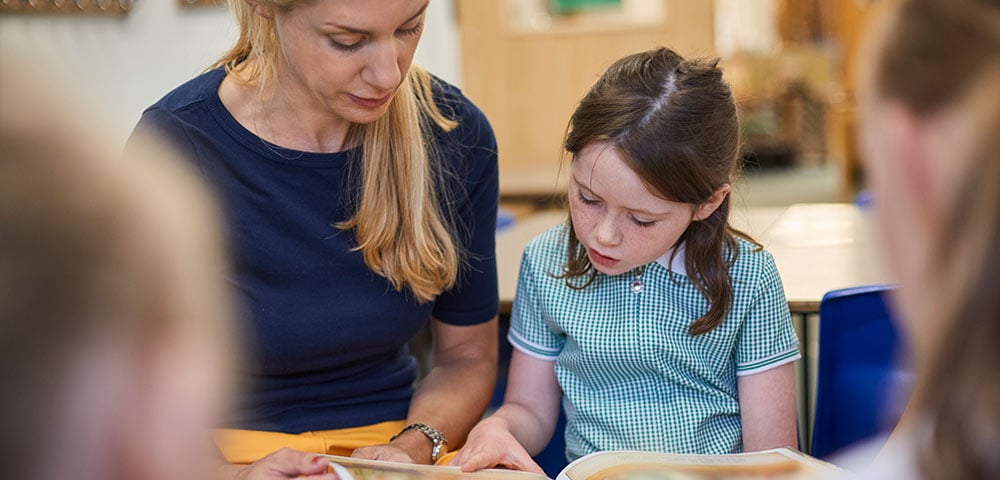Translating Evidence into Improvement: why is it so hard?
In February Schools NorthEast held their Evidence-based Excellence event, bringing together school leaders, practitioners and experts from across the...

Login | Support | Contact us
Dr Gary Jones : Mar 20, 2018 12:00:00 AM
4 min read

We are delighted to host this piece by Gary Jones, in which he draws out the parallels between guidance on the meaning of evidence-based medicine and evidence-based practice in education.
Talking about evidence-based practice often generates a level of concern among teachers who worry that this is an attempt to control or dictate what they can and cannot do; that it removes or devalues their professional judgement; that it reduces the complexity of school and classroom interaction to simplistic recipes based on a narrow range of research methods.
These concerns are real, but not justified, in my view.
Interestingly, the evidence-based medicine movement faced all the same concerns in the 1990s when it first became prominent. And the 1996 paper by David Sackett and colleagues that I referred to in my talk and that Gary explicates in more detail here provides a really clear statement of “what it is and what it isn’t”.
Professor Rob Coe
Last year, at the launch of the Chartered College of Teaching, Professor Rob Coe made reference to the work (Sackett et al., 1996) and their definition of evidence-based medicine as:
… the conscientious, explicit, and judicious use of current best evidence in making decisions about the care of individual patients. The practice of evidence based medicine means integrating individual clinical expertise with the best available external clinical evidence from systematic research.
By individual clinical expertise we mean the proficiency and judgment that individual clinicians acquire through clinical experience and clinical practice. Increased expertise is reflected in many ways, but especially in more effective and efficient diagnosis and in the more thoughtful identification and compassionate use of individual patients' predicaments, rights, and preferences in making clinical decisions about their care.
By best available external clinical evidence we mean clinically relevant research, often from the basic sciences of medicine, but especially from patient centered clinical research into the accuracy and precision of diagnostic tests (including the clinical examination), the power of prognostic markers, and the efficacy and safety of therapeutic, rehabilitative, and preventive regimens.
External clinical evidence both invalidates previously accepted diagnostic tests and treatments and replaces them with new ones that are more powerful, more accurate, more efficacious, and safer. (p71)
Unfortunately, it seems to me that this definition of evidence-based medicine has often been ignored. As a result there is debate within about the differences between evidence-based practice and evidence-informed practice, for example, (Nelson and O'Beirne, 2014) (TeachFirst, 2017), (Nelson and Campbell, 2017), which in my view is unnecessary as it reflects a fundamental misunderstanding about the nature of evidence-based practice: (Gambrill, 2011) and (Barends et al., 2014).
As such, it seems sensible to draw upon the work (Sackett et al., 1996) which identifies what evidence-based medicine is not, so as to undertake the same exercise for education.
|
Evidence-based medicine is NOT |
Evidence-based education is NOT |
|
Old-hat and is something everyone is doing. |
Something all teachers are doing. |
|
Conducted only by researchers in ‘ivory-towers. |
Just conducted in university education departments but also takes place in schools and multi-academy trusts. |
|
Cook-book or recipe led practice. |
Attempting to replace teaching craft and skill with a check-list of pre-determined approaches. |
|
Restricted to randomized trials and meta analyses. |
Just about EEF sponsored randomized trials but requires individual teachers to reflect on how to improve their practice in their own particular school or college. |
|
A method for reducing the cost of health-care. |
About reducing the cost of education by making all teachers more effective but will require significant investment in teacher CPD in order to increase basic research literacy. |
Table 1 What evidence-based medicine and evidence based are NOT
Indeed, I would argue that one of main consequences of possibly ill-informed critiques of evidence-based evidence is that some of the critical components of evidence-based practice have been missed. For example, (Sackett et al., 1996) gives great importance to the role of patient values and preferences within evidence-based medicine, yet within the field of evidence-based education there appears to be little or no discussion of the preferences and values of pupils and or parents.
Second, as both (Sackett et al., 1996) and (Dawes et al., 2005) make clear, evidence-based medicine is about helping the patient make an informed decision. Again the evidence-based education literature does not engage with how pupils, parents and other stakeholders are involved in the decision-making process.
Third, evidence-based education is fundamentally an ethical endeavour and is about doing the very best for pupils and trying to reduce social disadvantage. Writing about evidence-based practice in health (Gambrill, 2006) cites (Gray, 2001)
“When evidence is not used during clinical practice, important failures in clinical decision making occur: ineffective interventions are introduced; interventions that do more harm than good are introduced; interventions that do more good than harm are not introduced; and interventions that are ineffective or do more harm than good are not discontinued” ((Gambrill, 2006)(p. 351)).
So where does that leave us. Given this post commenced with evidence-based medicine it seems only appropriate to end with an agenda for real evidence-based education, which is derived from an agenda derived from medicine (Greenhalgh, 2014). In (Jones, Forthcoming) I argue that an agenda for real evidence-based education would look something like this:
http://evidencebasededucationalleadership.blogspot.com
Find out how Cambridge Insight assessments can support your evidence-based practice.

In February Schools NorthEast held their Evidence-based Excellence event, bringing together school leaders, practitioners and experts from across the...

I give a fair number of talks to groups of teachers and school leaders on the subject of connecting educational research with their practice. Often I...

by Professors Christine Merrell and Peter Tymms Last week saw the publication of the new online and open-access report, Understanding What Works in...